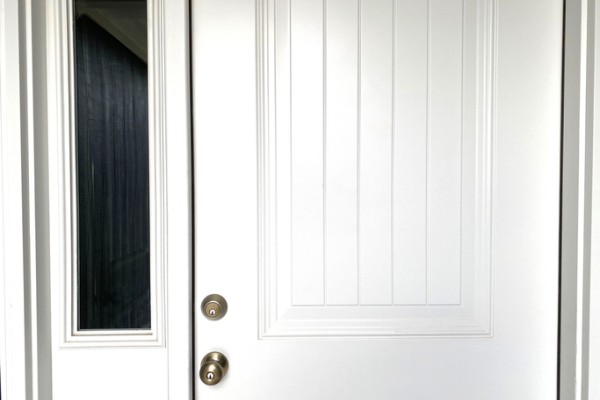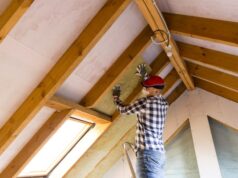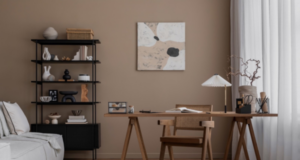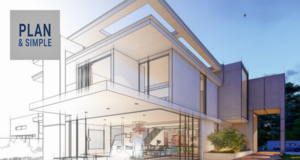
Choosing the right door material can make a huge difference to your home’s style, security, energy efficiency and maintenance. With so many options available today, it helps to understand the strengths, challenges and contemporary uses of each material before you decide.
Timber doors: classic warmth with modern treatments
Timber has long been the go-to choice for doors, prized for its natural beauty and versatility. Today’s timber doors come in many species—from durable hardwoods like spotted gum and blackbutt to more affordable softwoods. Modern treatments and finishes mean timber doors can withstand harsh weather better than ever before, especially if regularly maintained.
Timber doors are especially popular for entry doors because they add warmth and character. They’re also ideal for internal doors where a solid, substantial feel is desired. For coastal homes, look for treated timber or consider alternative materials to avoid warping from moisture.
If you love timber’s look but want less maintenance, hybrid options like timber veneer doors on engineered cores offer the best of both worlds. You can learn more in our performance considerations for doors article.
Aluminium doors: sleek, strong and low maintenance
Aluminium doors have become a favourite in modern Australian architecture for their slim profiles, strength and corrosion resistance. Perfect for contemporary homes, aluminium frames allow for larger glass panels, maximising natural light and outdoor views.
Thermally broken aluminium doors, often paired with double glazing, help improve energy efficiency, keeping your home cooler in summer and warmer in winter. Popular in sliding and bi-fold door systems, aluminium doors support the seamless indoor–outdoor living trend.
Explore aluminium’s benefits further in our article on aluminium doors and see how they compare with steel doors in steel vs aluminium doors.
Fibreglass doors: durability meets versatility
Fibreglass doors combine the strength of glass fibres with resin to create a highly durable, moisture-resistant and low-maintenance option. They can mimic timber textures beautifully, making them a popular choice for entry doors and patios.
In areas with harsh weather—think coastal or high humidity—fibreglass offers a practical alternative to timber without sacrificing style. They also insulate well, contributing to energy efficiency and comfort.
To dive deeper, check our detailed guide on fibreglass doors.
Steel doors: robust security and modern appeal
Steel doors offer exceptional strength and security, making them ideal for front entrances where safety is a priority. They can be finished in a variety of coatings and textures, from smooth powder-coated surfaces to wood-look finishes.
Thanks to advances in manufacturing, steel doors no longer feel cold or industrial. Instead, they provide a sleek, modern aesthetic that pairs well with minimalist and industrial design themes.
Want to learn more? Read about steel doors and their practical applications.
Glass doors: light, style and connection
Glass doors are key to creating bright, open spaces and blending indoor and outdoor living. Whether framed in aluminium, timber or steel, large glazed panels flood rooms with natural light.
Contemporary trends include frosted or textured glass for privacy, or smart glass that tints automatically to reduce heat. Glass doors are often used in sliding, bi-fold and pivot configurations.
For tips on glass door selection and performance, visit our article on performance considerations for doors.
PVC and UPVC doors: affordable and practical
PVC and UPVC doors are low-cost options often used for internal doors or secondary external entrances. They resist moisture and require minimal maintenance, but generally offer less strength and aesthetic appeal compared to timber or aluminium.
They are a practical choice for laundry doors or internal wardrobes, but may not suit the front entry where impact resistance and curb appeal are crucial.
Composite doors: blending materials for optimal performance
Composite doors combine the benefits of multiple materials—often a timber core with a fibreglass or PVC outer skin—to balance durability, insulation, security and appearance.
These doors are engineered to resist warping, provide good thermal performance and require less maintenance than solid timber. They are increasingly popular in new builds and renovations.
Learn more about composite options in our article on how to choose front doors.
Contemporary examples in Australian homes
- Coastal retreats often pair thermally broken aluminium sliding doors with timber front doors for a mix of durability and warmth that withstands salty air.
- Urban apartments favour sleek steel or aluminium doors with frosted glass panels for privacy without sacrificing natural light.
- Modern family homes lean heavily on fibreglass entry doors combined with aluminium bi-fold doors for outdoor living zones, thanks to their ease of maintenance and energy efficiency.
- Heritage renovations often restore or replicate timber doors with treated hardwoods or composite replicas to maintain authenticity while improving performance.
Final thoughts
Choosing the right door material depends on your budget, climate, style preferences and performance needs. Always consider maintenance, security, energy efficiency and the overall look you want to achieve.





